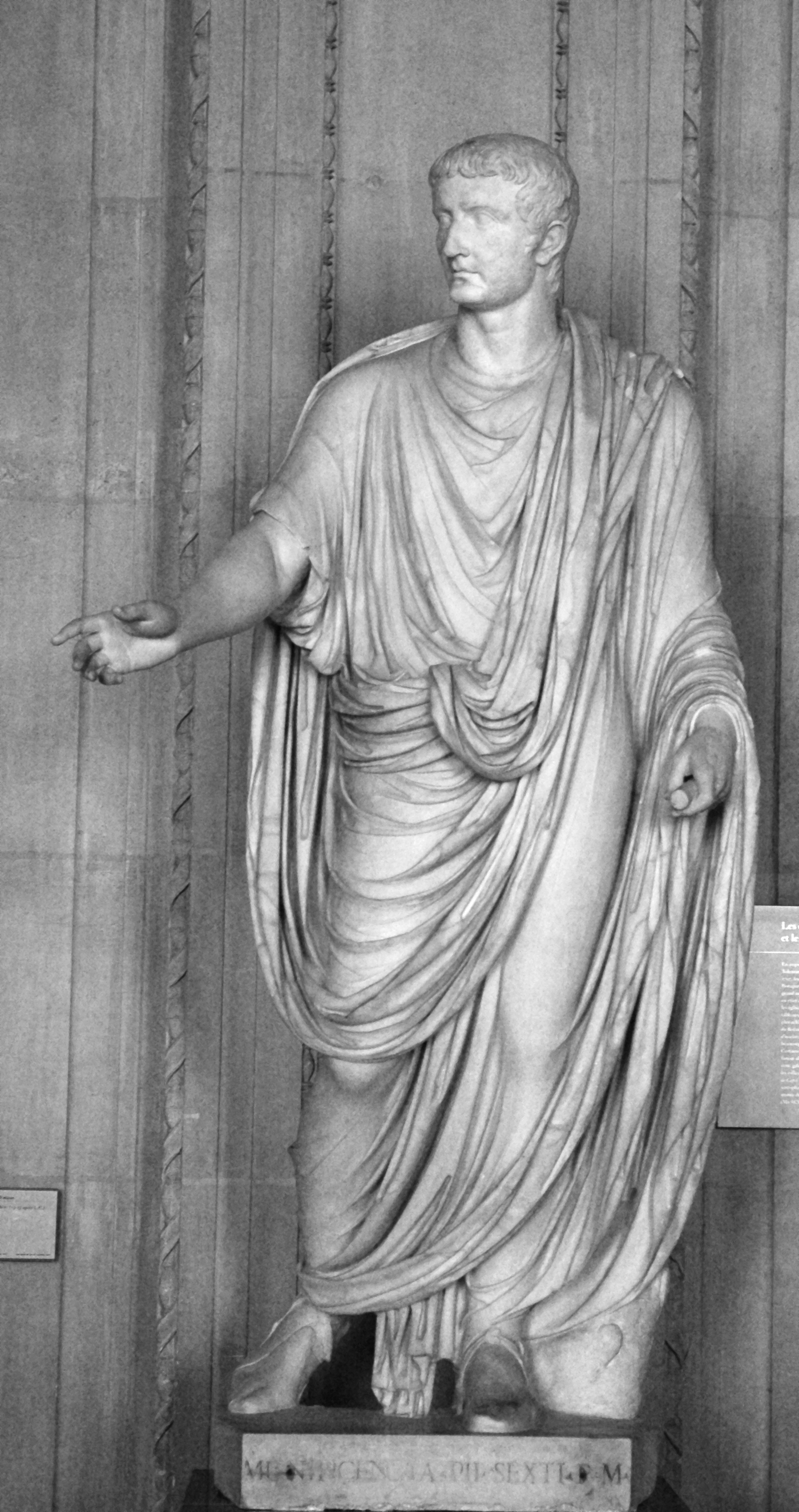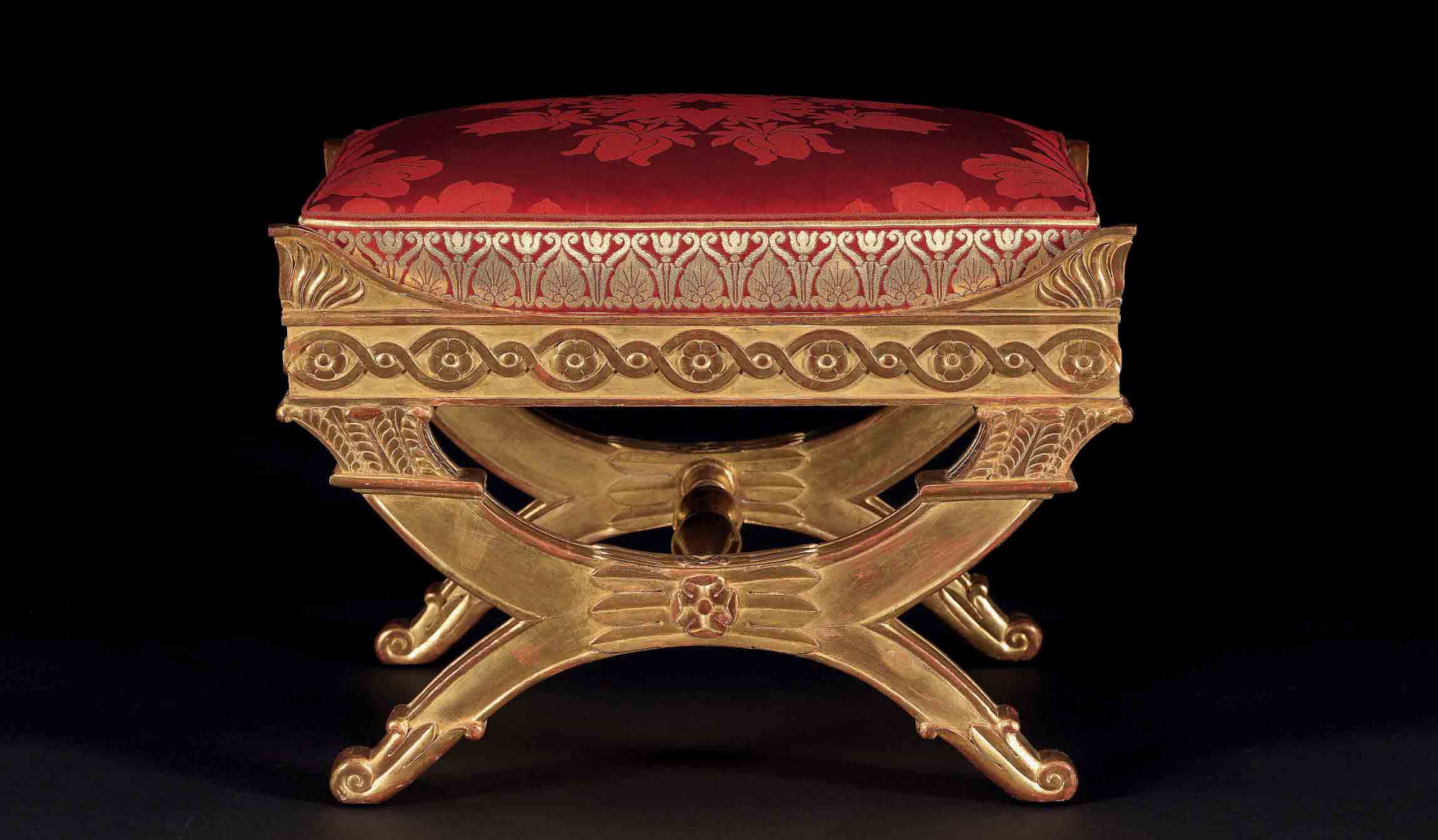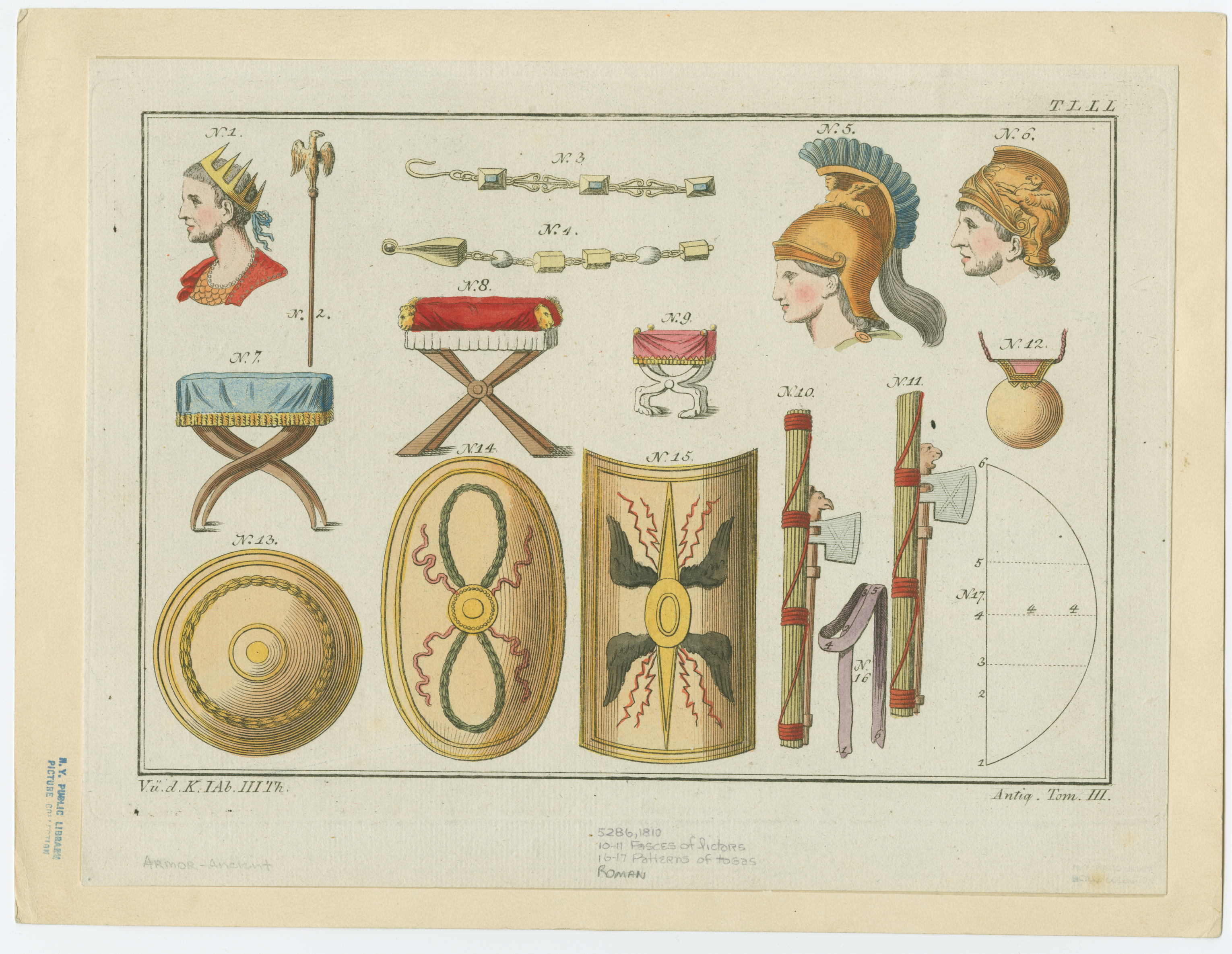|
Kings Of Rome
The king of Rome () was the ruler of the Roman Kingdom, a legendary period of Roman history that functioned as an elective monarchy. According to legend, the first king of Rome was Romulus, who founded the city in 753 BC upon the Palatine Hill. Seven legendary kings are said to have ruled Rome until 509 BC, when the last king was overthrown. These kings ruled for an average of 35 years. The kings after Romulus were not known to be dynasts and no reference is made to the hereditary principle until after the fifth king Tarquinius Priscus. Consequently, some have assumed that the Tarquins' attempt to institute a hereditary monarchy over this conjectured earlier elective monarchy resulted in the formation of the Republic. Overview Early Rome was ruled by the king (''rex''). The king possessed absolute power over the people; no one could rule over him. The Senate was a weak oligarchy, capable of exercising only minor administrative powers, so that Rome was ruled by its king who ... [...More Info...] [...Related Items...] OR: [Wikipedia] [Google] [Baidu] |
Capitoline Wolf
The Capitoline Wolf (Italian language, Italian: ''Lupa Capitolina'') is a bronze sculpture depicting a scene from the legend of the founding of Rome. The sculpture shows a She-wolf (Roman mythology), she-wolf suckling the mythical twin founders of Rome, Romulus and Remus. According to the legend, when King Numitor, grandfather of the twins, was overthrown by his brother Amulius in Alba Longa, the usurper ordered them to be cast into the Tiber River. They were rescued by a she-wolf that cared for them until a herdsman, Faustulus, found and raised them. The age and origin of the Capitoline Wolf are controversial. The statue was long thought to be an Etruscans, Etruscan work of the fifth century BC, with the twins added in the late 15th century AD, probably by sculptor Antonio del Pollaiuolo. However, radiocarbon dating, radiocarbon and thermoluminescence dating in the 21st century has suggested that the wolf portion of the statue may have been cast between 1021 and 1153, though th ... [...More Info...] [...Related Items...] OR: [Wikipedia] [Google] [Baidu] |
Tribune
Tribune () was the title of various elected officials in ancient Rome. The two most important were the Tribune of the Plebs, tribunes of the plebs and the military tribunes. For most of Roman history, a college of ten tribunes of the plebs acted as a check on the authority of the Roman senate, senate and the Roman magistrate, annual magistrates, holding the power of ''ius intercessionis'' to intervene on behalf of the Plebs, plebeians, and veto unfavourable legislation. There were also military tribunes, who commanded portions of the Roman army, subordinate to higher magistrates, such as the Roman consul, consuls and praetors, promagistrates, and their legatus, legates. Various officers within the Roman army were also known as tribunes. The title was also used for several other positions and classes in the course of Roman history. Tribal tribunes The word ''tribune'' is derived from the Roman tribes. The three original tribes known as the ''Ramnes'' or ''Ramnenses'', ''Titi ... [...More Info...] [...Related Items...] OR: [Wikipedia] [Google] [Baidu] |
Decrees
A decree is a legal proclamation, usually issued by a head of state, judge, royal figure, or other relevant authorities, according to certain procedures. These procedures are usually defined by the constitution, Legislative laws, or customary laws of a government. Belgium In Belgium, a decree is a law of a community or regional parliament, e.g. the Flemish Parliament. Catholic Church A decree (Latin: ''decretum'') in the usage of the canon law of the Catholic Church has various meanings. Any papal bull, brief, or motu proprio is a decree inasmuch as these documents are legislative acts of the pope. In this sense, the term is quite ancient. The Roman Congregations were formerly empowered to issue decrees in matters which come under their particular jurisdiction but were forbidden from continuing to do so under Pope Benedict XV in 1917. Each ecclesiastical province and also each diocese may issue decrees in their periodical synods within their sphere of authority. Whil ... [...More Info...] [...Related Items...] OR: [Wikipedia] [Google] [Baidu] |
Executive Power
The executive branch is the part of government which executes or enforces the law. Function The scope of executive power varies greatly depending on the political context in which it emerges, and it can change over time in a given country. In democratic countries, the executive often exercises broad influence over national politics, though limitations are often applied to the executive. In political systems based on the separation of powers, government authority Authority is commonly understood as the legitimate power of a person or group of other people. In a civil state, ''authority'' may be practiced by legislative, executive, and judicial branches of government,''The New Fontana Dictionary of M ... is distributed between several branches to prevent power from being concentrated in the hands of a single person or group. To achieve this, each branch is subject to checks by the other two; in general, the role of the legislature is to pass laws, which are then enfo ... [...More Info...] [...Related Items...] OR: [Wikipedia] [Google] [Baidu] |
Imperium
In ancient Rome, ''imperium'' was a form of authority held by a citizen to control a military or governmental entity. It is distinct from '' auctoritas'' and '' potestas'', different and generally inferior types of power in the Roman Republic and Empire. One's ''imperium'' could be over a specific military unit, or it could be over a province or territory. Individuals given such power were referred to as curule magistrates or promagistrates. These included the curule aedile, the praetor, the consul, the ''magister equitum'', and the dictator. In a general sense, ''imperium'' was the scope of someone's power, and could include anything, such as public office, commerce, political influence, or wealth. Ancient Rome ''Imperium'' originally meant absolute or kingly power—the word being derived from the Latin verb ''imperare'' (to command)—which became somewhat limited under the Republic by the collegiality of the republican magistrates and the right of appeal, or '' provoc ... [...More Info...] [...Related Items...] OR: [Wikipedia] [Google] [Baidu] |
Diadem (personal Wear)
A diadem is a crown, specifically an ornamental headband worn by monarchs and others as a badge of royalty. Overview The word derives from the Greek διάδημα ''diádēma'', "band" or "fillet", from διαδέω ''diadéō'', "I bind round", or "I fasten". The term originally referred to the embroidered white silk ribbon, ending in a knot and two fringed strips often draped over the shoulders, that surrounded the head of the king to denote his authority. Such ribbons were also used to crown victorious athletes in important sports games in antiquity. It was later applied to a metal crown, generally in a circular or "fillet" shape. For example, the crown worn by Queen Juliana of the Netherlands was a diadem, as was that of a baron later (in some countries surmounted by three globes). The ancient Celts were believed to have used a thin, semioval gold plate called a ''mind'' (Old Irish) as a diadem. Some of the earliest examples of these types of crowns can be found in anc ... [...More Info...] [...Related Items...] OR: [Wikipedia] [Google] [Baidu] |
Toga
The toga (, ), a distinctive garment of Ancient Rome, was a roughly semicircular cloth, between in length, draped over the shoulders and around the body. It was usually woven from white wool, and was worn over a tunic. In Roman historical tradition, it is said to have been the favored dress of Romulus, Rome's founder; it was also thought to have originally been worn by both sexes, and by the citizen-military. As Roman women gradually adopted the stola, the toga was recognized as formal wear for male Roman citizens. Women found guilty of adultery and women engaged in prostitution might have provided the main exceptions to this rule.. The type of toga worn reflected a citizen's rank in the civil hierarchy. Various laws and customs restricted its use to citizens, who were required to wear it for public festivals and civic duties. From its probable beginnings as a simple, practical work-garment, the toga became more voluminous, complex, and costly, increasingly unsuited to a ... [...More Info...] [...Related Items...] OR: [Wikipedia] [Google] [Baidu] |
Curule Chair
A curule seat is a design of a (usually) foldable and transportable chair noted for its uses in Ancient Rome and Europe through to the 20th century. Its status in early Rome as a symbol of political or military power carried over to other civilizations, as it was also used in this capacity by kings in Europe, Napoleon, and others. History Ancient Rome In the Roman Republic and the Roman Empire, the curule chair (''sella curulis'', supposedly from ''currus'', "chariot") was the seat upon which magistrates holding ''imperium'' were entitled to sit. This includes dictators, '' magistri equitum'', consuls, praetors, '' curule aediles'', and the promagistrates, temporary or ''de facto'' holders of such offices. Additionally, the censors and the flamen of Jupiter ( Flamen Dialis) were also allowed to sit on a curule seat, though these positions did not hold ''imperium''. Livy writes that the three '' flamines maiores'' or high priests of the Archaic Triad of major gods were eac ... [...More Info...] [...Related Items...] OR: [Wikipedia] [Google] [Baidu] |
Fasces
A fasces ( ; ; a , from the Latin word , meaning 'bundle'; ) is a bound bundle of wooden rods, often but not always including an axe (occasionally two axes) with its blade emerging. The fasces is an Italian symbol that had its origin in the Etruscan civilization and was passed on to ancient Rome, where it symbolized a King of Rome, Roman king's power to punish his subjects, and later, a magistrate's Power (social and political), power and jurisdiction. The axe has its own separate and older origin. Initially associated with the labrys (; ), the double-Axe#Parts of the axe, bitted axe originally from Crete, is one of the oldest symbols of Greek civilization. The image of fasces has survived in the modern world as a representation of magisterial power, law, and governance. The fasces frequently occurs as a Charge (heraldry), charge in heraldry: it is present on the reverse of the U.S. Mercury dime coin and behind the podium in the United States House of Representatives and in the Se ... [...More Info...] [...Related Items...] OR: [Wikipedia] [Google] [Baidu] |
Lictor
A lictor (possibly from Latin language, Latin ''ligare'', meaning 'to bind') was a Ancient Rome, Roman civil servant who was an attendant and bodyguard to a Roman magistrate, magistrate who held ''imperium''. Roman records describe lictors as having existed since the Roman Kingdom, and may have originated with the Etruscan civilization, Etruscans. Origin The lictors are said in the ancient antiquarian sources to go back to the regal period. There are two main traditions. The first is from Dionysius of Halicarnassus. He claimed that Etruscan envoys numbering twelve (one for each Etruscan city) gifted the king Lucius Tarquinius Priscus fasces – symbolising military leadership of the twelve Etruscan communities – on his accession. With the approval of the Roman Senate, Senate, Tarquin then appointed twelve lictors to attend to him when exercising military and civil authority. The second is in Livy, which attributes the first lictors to the king Romulus. Livy also sides with an Et ... [...More Info...] [...Related Items...] OR: [Wikipedia] [Google] [Baidu] |





